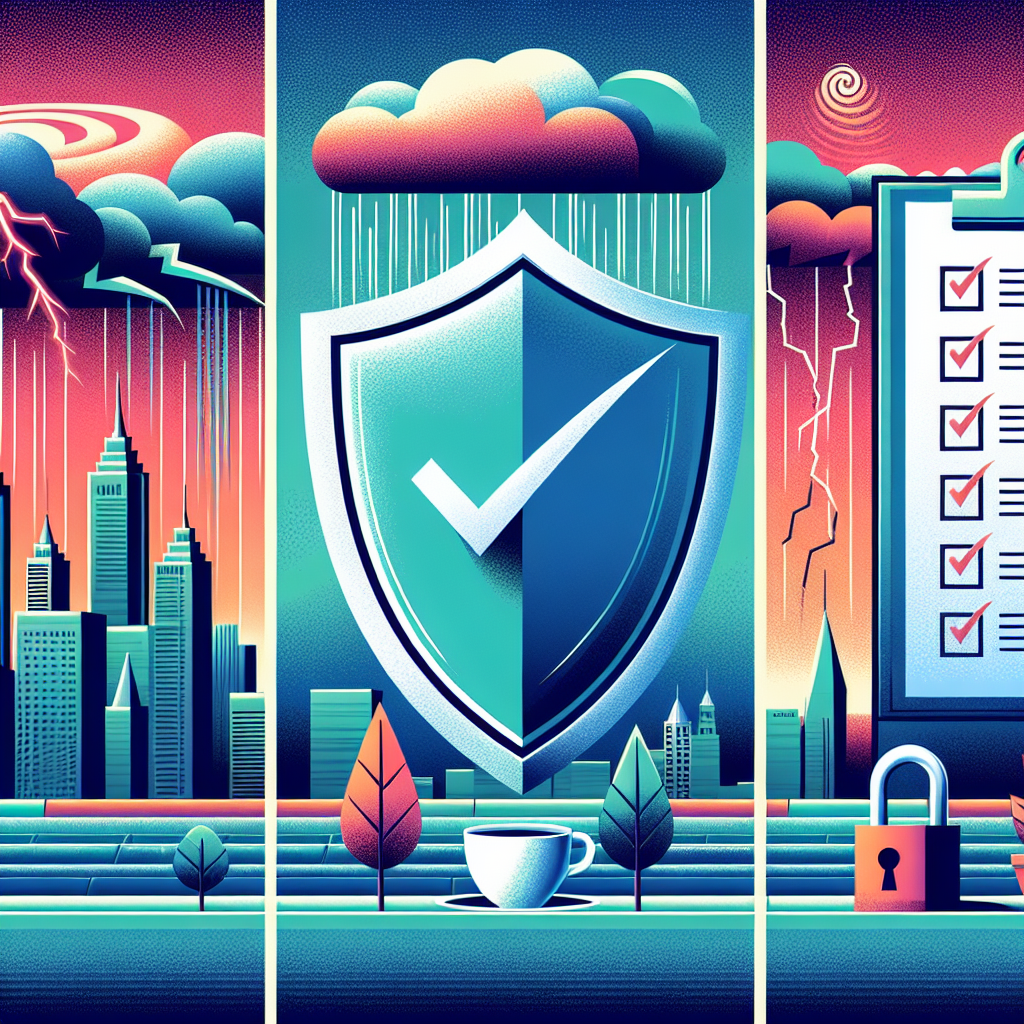In today’s fast-paced and ever-evolving business landscape, having a resilient IT infrastructure is crucial for the success and growth of any organization. With the increasing reliance on technology for business operations, it is essential to have a robust IT infrastructure that can withstand unexpected disruptions and challenges.
Building a resilient IT infrastructure requires effective management practices that focus on proactive planning, monitoring, and response strategies. By implementing these practices, organizations can ensure that their IT systems are reliable, secure, and able to adapt to changing circumstances.
One of the key components of building a resilient IT infrastructure is having a comprehensive disaster recovery plan in place. This plan should outline the steps to be taken in the event of a system failure, cyber attack, or natural disaster. By having a well-defined disaster recovery plan, organizations can minimize downtime and ensure that critical business operations can continue uninterrupted.
In addition to having a disaster recovery plan, organizations should also implement regular backups of their data to ensure that information is not lost in the event of a system failure. This can be done through cloud-based backup solutions or on-site backup systems. By regularly backing up data, organizations can quickly restore information and minimize the impact of any disruptions.
Monitoring and maintenance are also crucial aspects of building a resilient IT infrastructure. By regularly monitoring the performance of IT systems and conducting routine maintenance tasks, organizations can identify potential issues before they escalate into major problems. This proactive approach can help prevent system failures and ensure that IT systems are running smoothly.
Another important aspect of building a resilient IT infrastructure is investing in cybersecurity measures to protect against cyber threats. This includes implementing firewalls, antivirus software, and other security measures to safeguard sensitive data and prevent unauthorized access to IT systems. By prioritizing cybersecurity, organizations can reduce the risk of data breaches and ensure the integrity of their IT infrastructure.
Effective management practices are essential for building a resilient IT infrastructure that can withstand unexpected disruptions and challenges. By implementing a comprehensive disaster recovery plan, regular data backups, monitoring and maintenance protocols, and cybersecurity measures, organizations can ensure that their IT systems are reliable, secure, and adaptable to changing circumstances. By investing in a resilient IT infrastructure, organizations can position themselves for success in today’s digital age.










